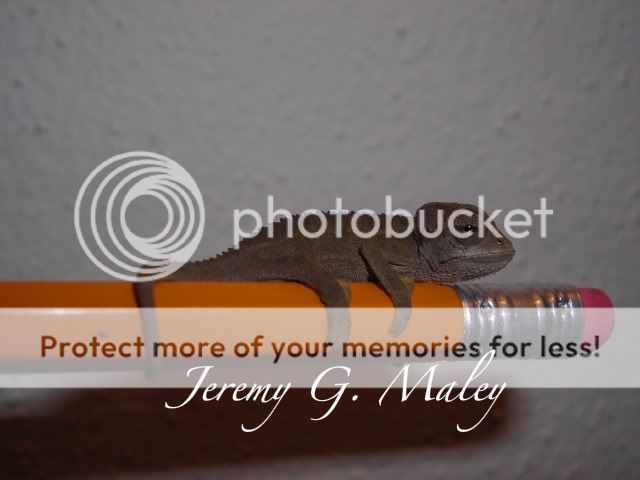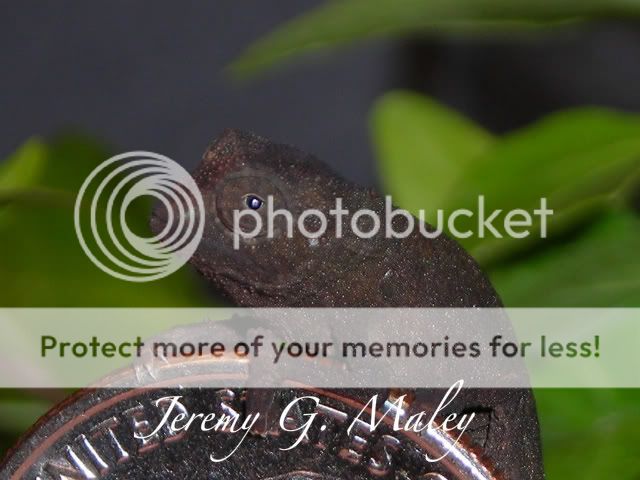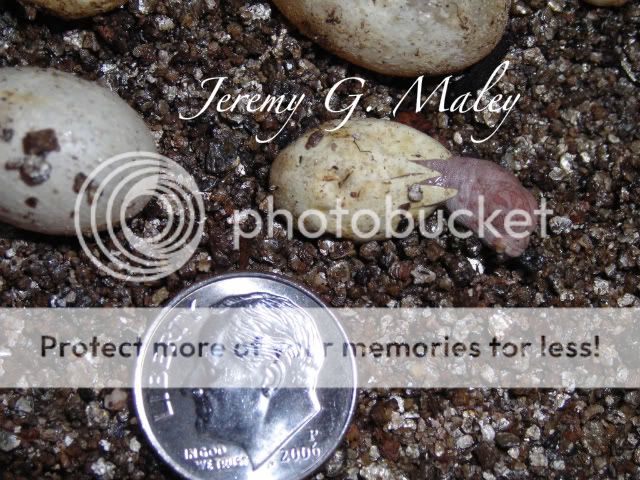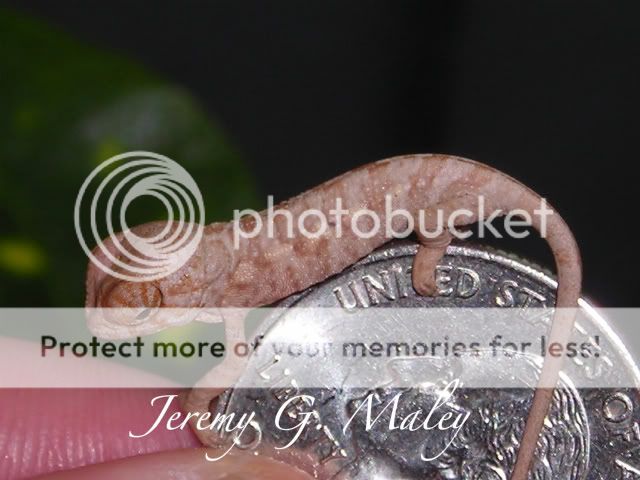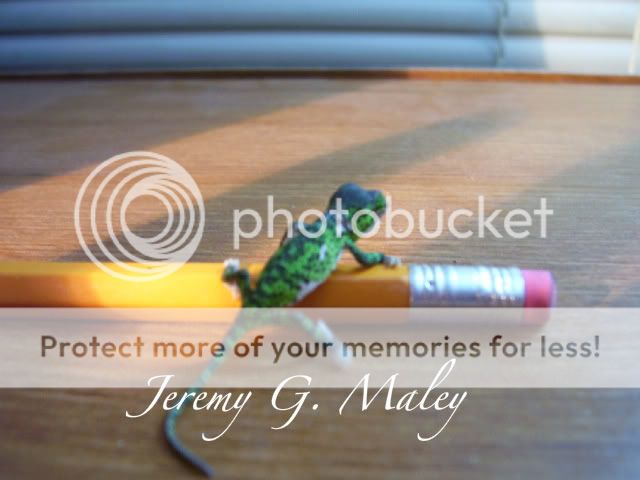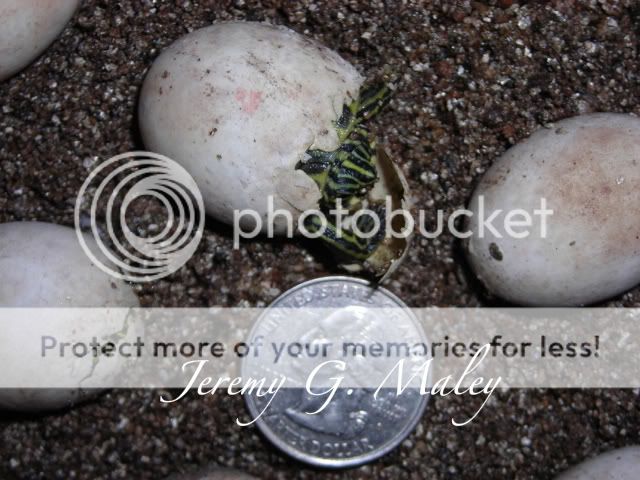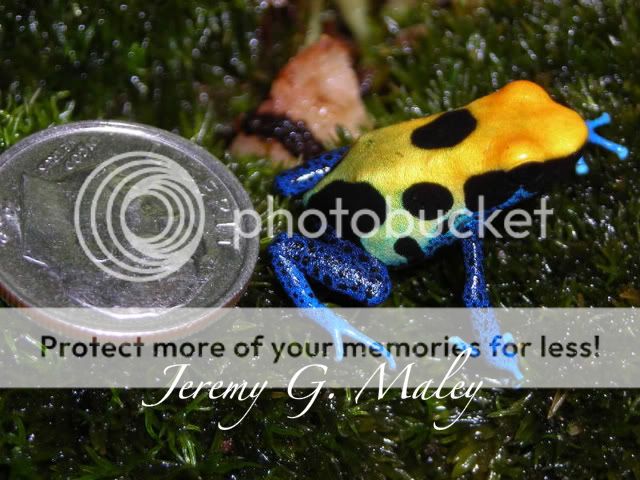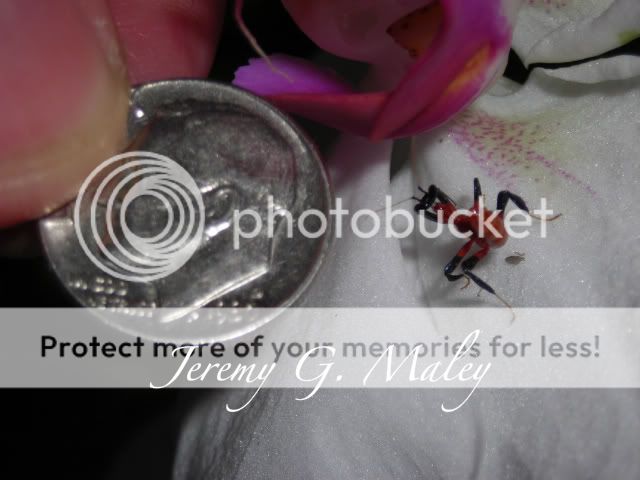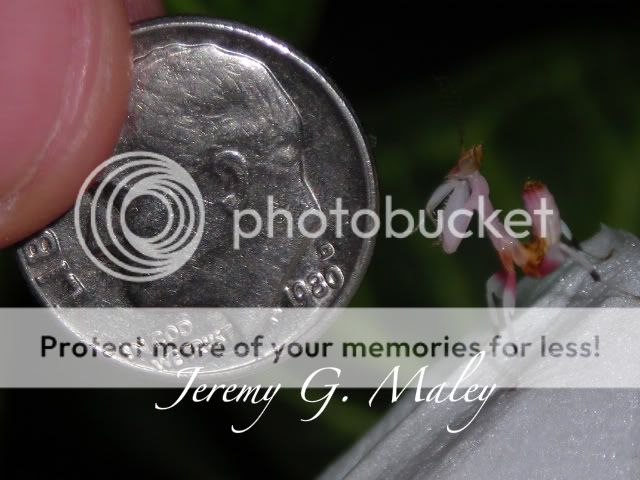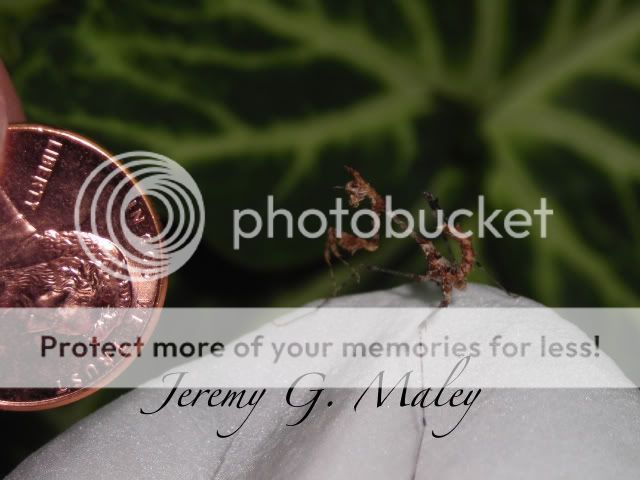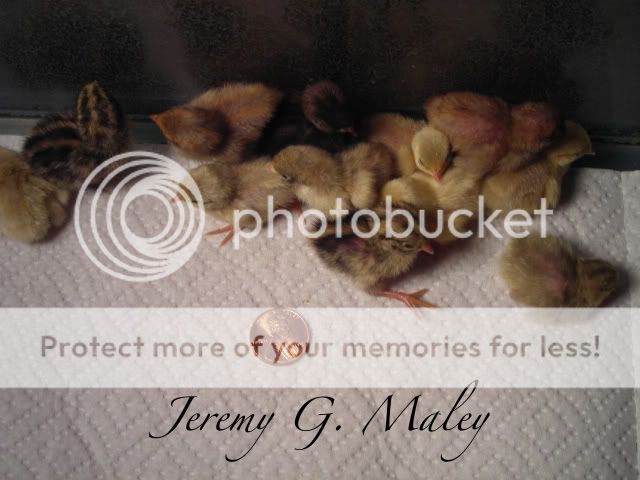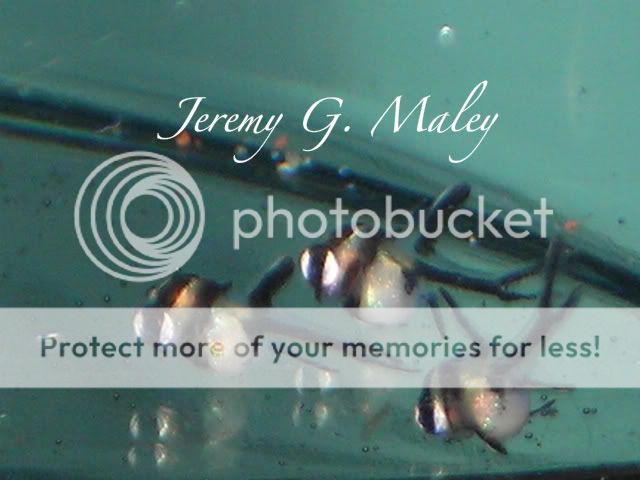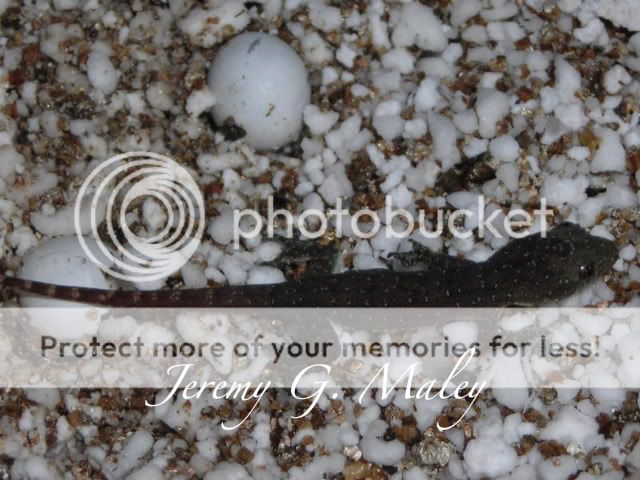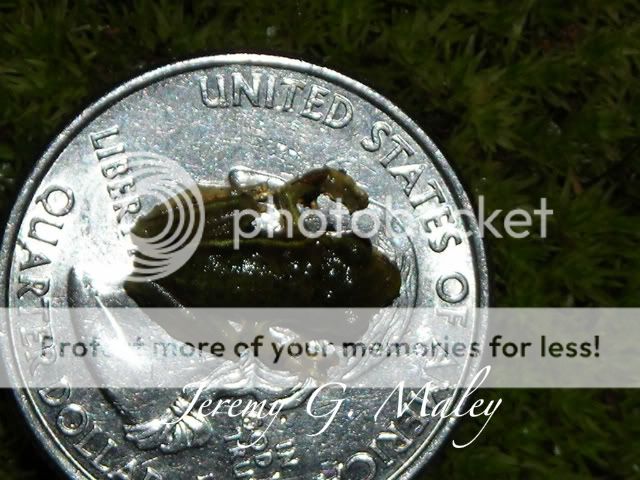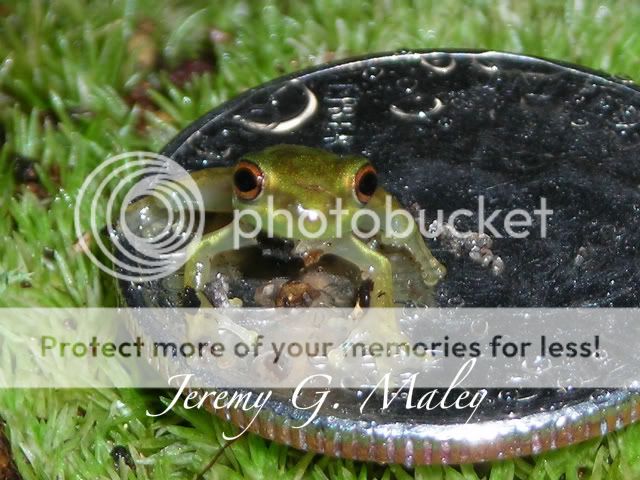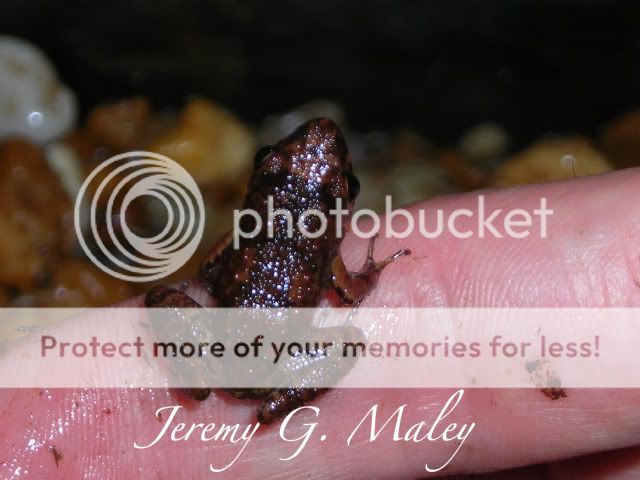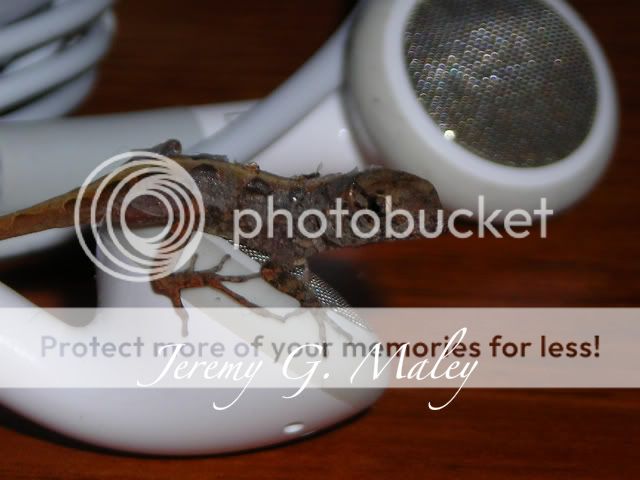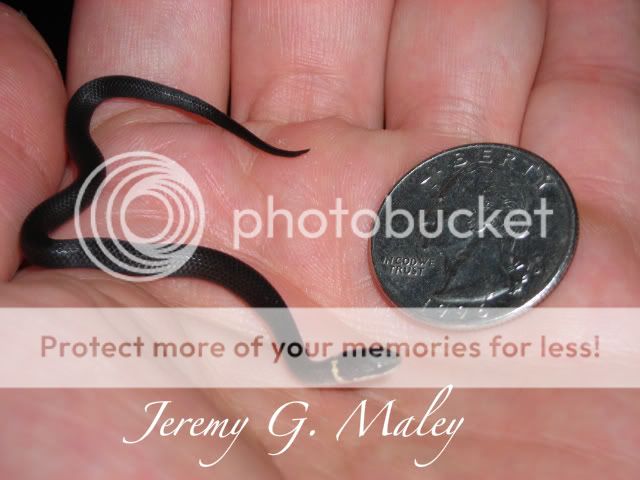Navigation
Install the app
How to install the app on iOS
Follow along with the video below to see how to install our site as a web app on your home screen.
Note: This feature may not be available in some browsers.
More options
You are using an out of date browser. It may not display this or other websites correctly.
You should upgrade or use an alternative browser.
You should upgrade or use an alternative browser.
All the Small Things...
- Thread starter Jerm
- Start date
reyesjoshuacruz
Established Member
12. are those SW cardinals?
p. kauderni ?
p. kauderni ?
Jerm
Avid Member
12. are those SW cardinals?
p. kauderni ?
Yes, I bought two and they turned out to be a male and female. They breed like crazy, and since the males raised the babies in his mouth it is easier on my part.
reyesjoshuacruz
Established Member
Yes, I bought two and they turned out to be a male and female. They breed like crazy, and since the males raised the babies in his mouth it is easier on my part.
i was a manager at a sw/fw fish store chain ( tongs ) and back then percs, mandarin gobies, cardinals and sea horses were the only ones bred in captivity, but it was claimed to be near impossible , so that is amazing to me, maybe ive just been out of the game but im wowed.
i heard something about someone breeding ornate cleaner shrimp, something about the only way he as able to do it was to get a permit from the state to constantly pump in new saltwater from the ocean.
Jerm
Avid Member
i was a manager at a sw/fw fish store chain ( tongs ) and back then percs, mandarin gobies, cardinals and sea horses were the only ones bred in captivity, but it was claimed to be near impossible , so that is amazing to me, maybe ive just been out of the game but im wowed.
i heard something about someone breeding ornate cleaner shrimp, something about the only way he as able to do it was to get a permit from the state to constantly pump in new saltwater from the ocean.
I am amazed at the advancements we have made in keeping and breeding aquarium fish. I know that flame angels are being bred with great success but it is a long and tricky process. I see c/b seahorses readily available at a couple of local petshops. I raised seahorses a few years ago too. I recently gave my dragonfaced pipefish pair to a friend, but their babies are so tiny that they are not yet available as c/b. I think that part of the reason that we are able to raise more of these fish are the food items that are available today. I use a lot of cyclop Eeze and selcon along with freshly hatched brine. I also have access to live mysid shrimp.
Last edited:
Jerm
Avid Member
#7 is D. tinctorius, looks like the “Brazilian Cobalt” morph
Correct, a.k.a Brazilian yellow-head.
nightcrawler
Avid Member
6. P. cooter?
Nicodemayo
Avid Member
Wow you have quite the record of hatching out small animals. Awesome photos.The C.dilepis are the coolest looking hatchlings.
Jerm
Avid Member
6. P. cooter?
Correct. Pseudemys peninsularia (Chrysemys floridana peninsularia), a.k.a. peninsula cooter native to Florida
Jerm
Avid Member
9. Orchid Mantis?
You're right- Hymenopus coronatus or Orchid Mantis. #8 and #9 are both the same mantis it is just different phases of their growth. They start out red and turn white later. I will pm you with more info.
AROWANA MAN
New Member
12: baby bangai cardinals
Jerm
Avid Member
12: baby bangai cardinals
Correct, a.k.a. Pterapogon kauderni
Jerm
Avid Member
Here are the names of the animals in the photos:
1.) Trioceros sternfeldi (Mountain chameleon, from Tanzania)
2.) Rieppeleon brevicaudatus (Bearded pygmy chameleon, from Tanzania)
3.) Furcifer pardalis (Panther chameleon, Ambanja region of Madagascar)
4.) Furcifer pardalis (Panther chameleon, Ambanja)
5.) Chamaeleo dilepis (Flap Neck chameleon from Southern & Central Africa)
6.) Pseudemys peninsularia (Chrysemys floridana peninsularia)(Peninsula Cooter, Native to Florida USA)
7.) Dendrobates tinctorius (Brazilian Yellow-head morph)
8.) Hymenopus coronatus (Orchid Mantis, F1 phase from Malaysia)
9.) Hymenopus coronatus (Orchid Mantis, F2 phase)
10.) Sibylla pretiosa (Cryptic Mantis, from South Africa)
11.) Coturnix chinensis (Chinese painted quail, Smallest quail species)
12.) Pterapogon kauderni (Kaudern’s cardinal or Bangaii cardinal from the Indo-Pacific)
13.) Hemidactylus sp. (House Gecko, found everwhere in Florida but originated in Africa)
14.) Osteopilus septentrionalis (Cuban Treefrog, invasive species of Treefrog that is taking over Florida)
15.) Osteopilus septentrionalis (Cuban Treefrog)
16.) Eleutherodactylus planirostris (Greenhouse frog, Found in Florida but not native)
17.) Anolis sagrei (or Norops sagrei) (Brown Anole, Found in Florida but native to Cuba and The Bahamas)
18.) Diadophis punctatus (Ringneck snake, A native Florida snake)
1.) Trioceros sternfeldi (Mountain chameleon, from Tanzania)
2.) Rieppeleon brevicaudatus (Bearded pygmy chameleon, from Tanzania)
3.) Furcifer pardalis (Panther chameleon, Ambanja region of Madagascar)
4.) Furcifer pardalis (Panther chameleon, Ambanja)
5.) Chamaeleo dilepis (Flap Neck chameleon from Southern & Central Africa)
6.) Pseudemys peninsularia (Chrysemys floridana peninsularia)(Peninsula Cooter, Native to Florida USA)
7.) Dendrobates tinctorius (Brazilian Yellow-head morph)
8.) Hymenopus coronatus (Orchid Mantis, F1 phase from Malaysia)
9.) Hymenopus coronatus (Orchid Mantis, F2 phase)
10.) Sibylla pretiosa (Cryptic Mantis, from South Africa)
11.) Coturnix chinensis (Chinese painted quail, Smallest quail species)
12.) Pterapogon kauderni (Kaudern’s cardinal or Bangaii cardinal from the Indo-Pacific)
13.) Hemidactylus sp. (House Gecko, found everwhere in Florida but originated in Africa)
14.) Osteopilus septentrionalis (Cuban Treefrog, invasive species of Treefrog that is taking over Florida)
15.) Osteopilus septentrionalis (Cuban Treefrog)
16.) Eleutherodactylus planirostris (Greenhouse frog, Found in Florida but not native)
17.) Anolis sagrei (or Norops sagrei) (Brown Anole, Found in Florida but native to Cuba and The Bahamas)
18.) Diadophis punctatus (Ringneck snake, A native Florida snake)
Jerm
Avid Member
On Christmas I had a new one hatch that i can add to the list. This is Lygodactylus williamsi, a little gecko. After 80 days of incubation these tiny guys finally hatched. The adult males are an amazing flourescent blue. Here is a pic of the dad of these guys:

Here is one of the new hatchlings next to a dime:


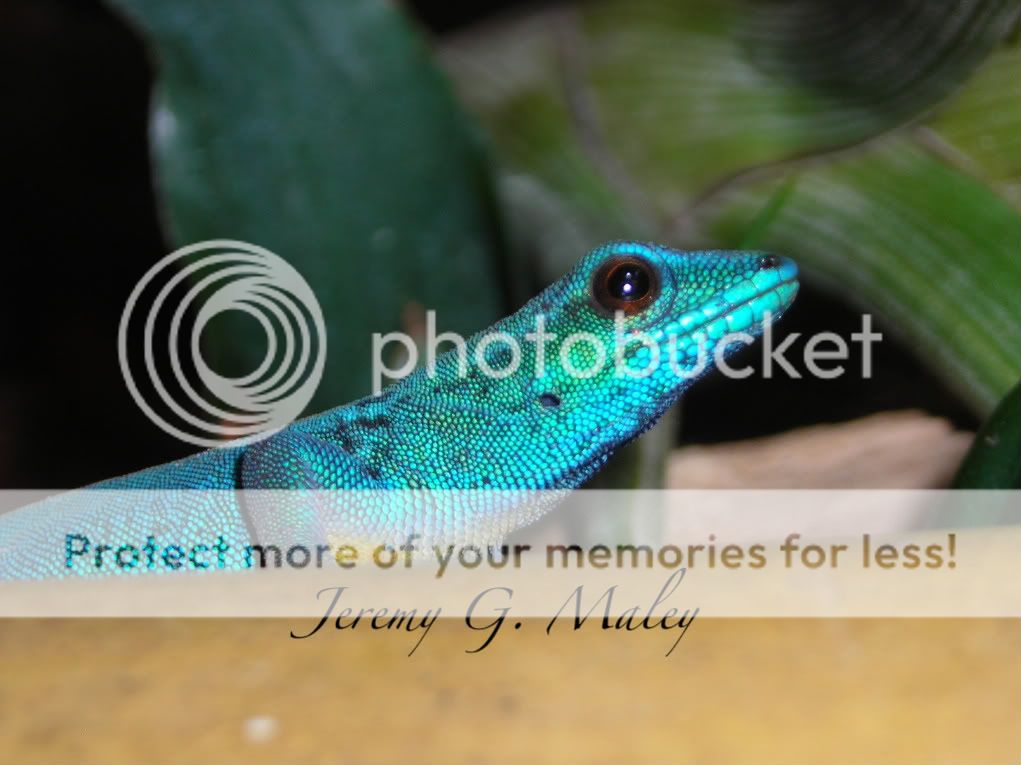
Here is one of the new hatchlings next to a dime:
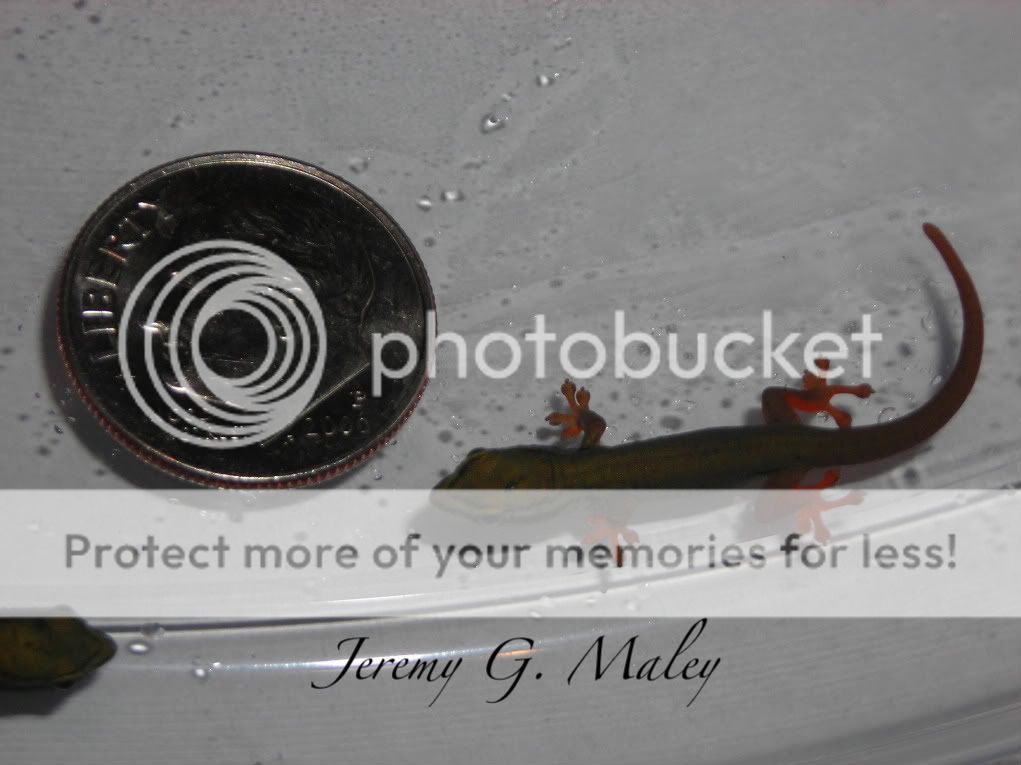
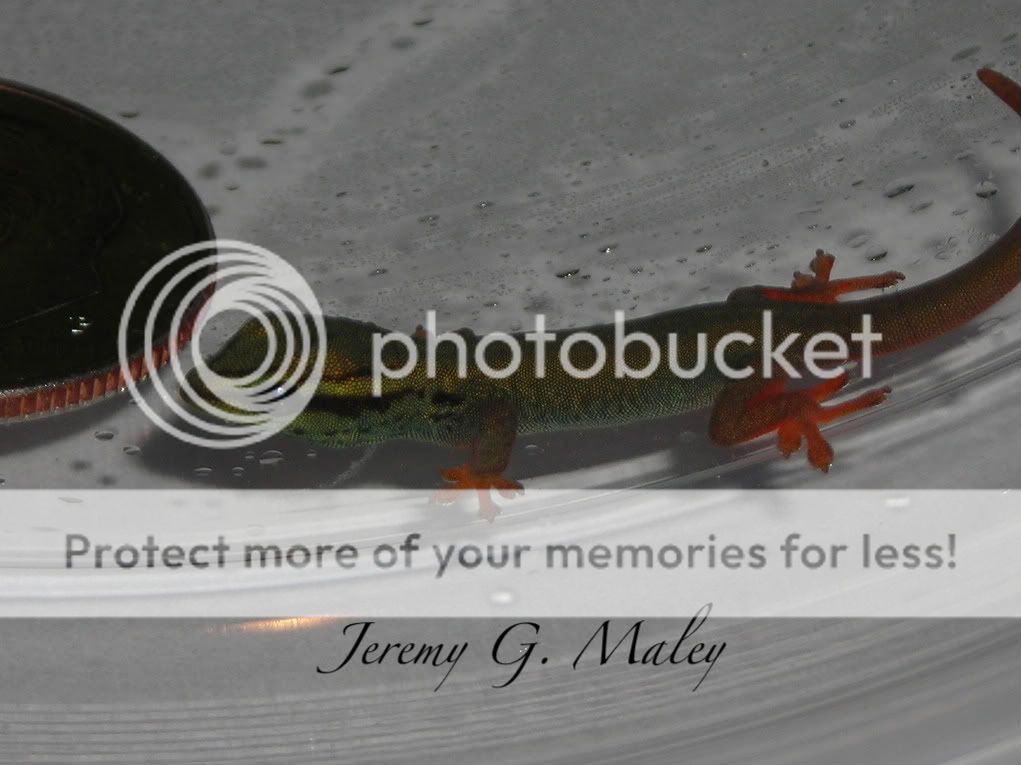
Similar threads
- Replies
- 4
- Views
- 485
- Replies
- 5
- Views
- 328




